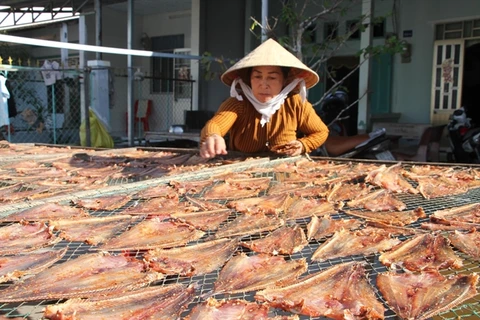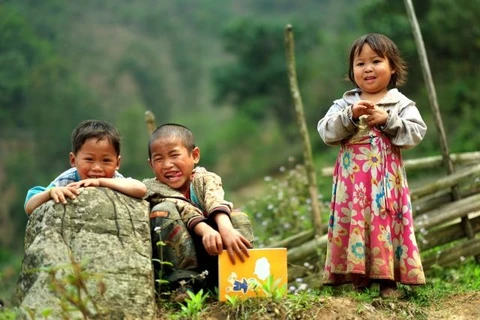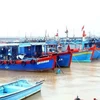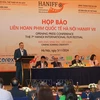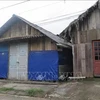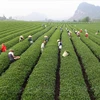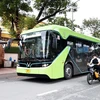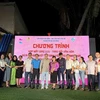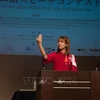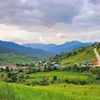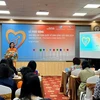An Giang (VNS/VNA) - The Mekong Delta province of An Giang plans to reduce its poverty rate from 2.63 percent to less than 2 percent by the end of this year, according to the provincial People’s Committee.
Poverty measurements are based on the national multidimensional approach which includes per capita income and access to basic social services such as education, health care, housing, clean water, hygiene condition and information.
To meet poverty reduction targets this year, An Giang will spend more than 1.13 trillion VND (38.2 million USD) for the national target programme on sustainable poverty reduction.
The money will be from the central Government’s budget, the province’s budget, loans from the Bank for Social Policy, the Fund for the Poor, and other sources.
This year, the province will focus on improving living conditions and access to social basic services for the poor and near poor.
The policies include soft loans, health care, education, housing, electricity, jobs, vocational skills and legal issues.
In the health care sector, the province will invest more in facilities and human resources at the grassroots level and ensure that all poor people are provided free health insurance cards this year.
The province will help 1,088 poor households rebuild dilapidated houses this year.
Le Van Phuoc, Vice Chairman of the provincial People’s Committee, said this is the last year of the province’s five-year socio-economic development plan (2016–2020), so it will tighten measures to meet the targets of the national target programme on sustainable poverty reduction.
An Giang will build roads, schools, medical stations, small irrigation projects and clean water projects, especially in ethnic, mountainous and border communes, this year.
Of the 29 ethnic minorities in the province, Khmer, Hoa and Cham are the three major ethnic groups.
This year, the province will implement projects that will help the poor develop agricultural production, diversify livelihoods and expand effective poverty reduction models.
Located at the upstream areas of the Tien and Hau rivers, which are two tributaries of the Mekong River, An Giang has favourable conditions for developing agriculture, tourism and trade, and services.
In the past, many poor households in the province escaped poverty after they were provided soft loans and other assistance.
In Phu Tan, an agrarian district, authorities have given instructions on animal breeding, vegetable cultivation and small trade to poor and near-poor households, and helped them access soft loans.
Giap Tam Hiep’s family, which used to be a near-poor household in Phu Tan’s Phu Long commune, received a soft loan for breeding eels and then breeding cows for meat.
His family escaped their near-poor situation two years ago and now have a stable life as they breed 10 cows and his wife sells fish at the market, he said.
“My family can now save 10 million VND (42 USD) a month. I no longer need to go to the city to find a job,” he said.
Vo Thanh Tung, head of the Phu Tan Division of Labour, Invalids and Social Affairs, said the district has helped more than 8,000 poor and near-poor households to access soft loans worth a total of more than 130 billion VND (5.5 million USD) since 2015.
About 90 percent of the households have used soft loans effectively and have achieved sustainable incomes, he said.
The district had 1,164 poor households at the end of last year, accounting for 2.2 percent of its total households./.
VNA

